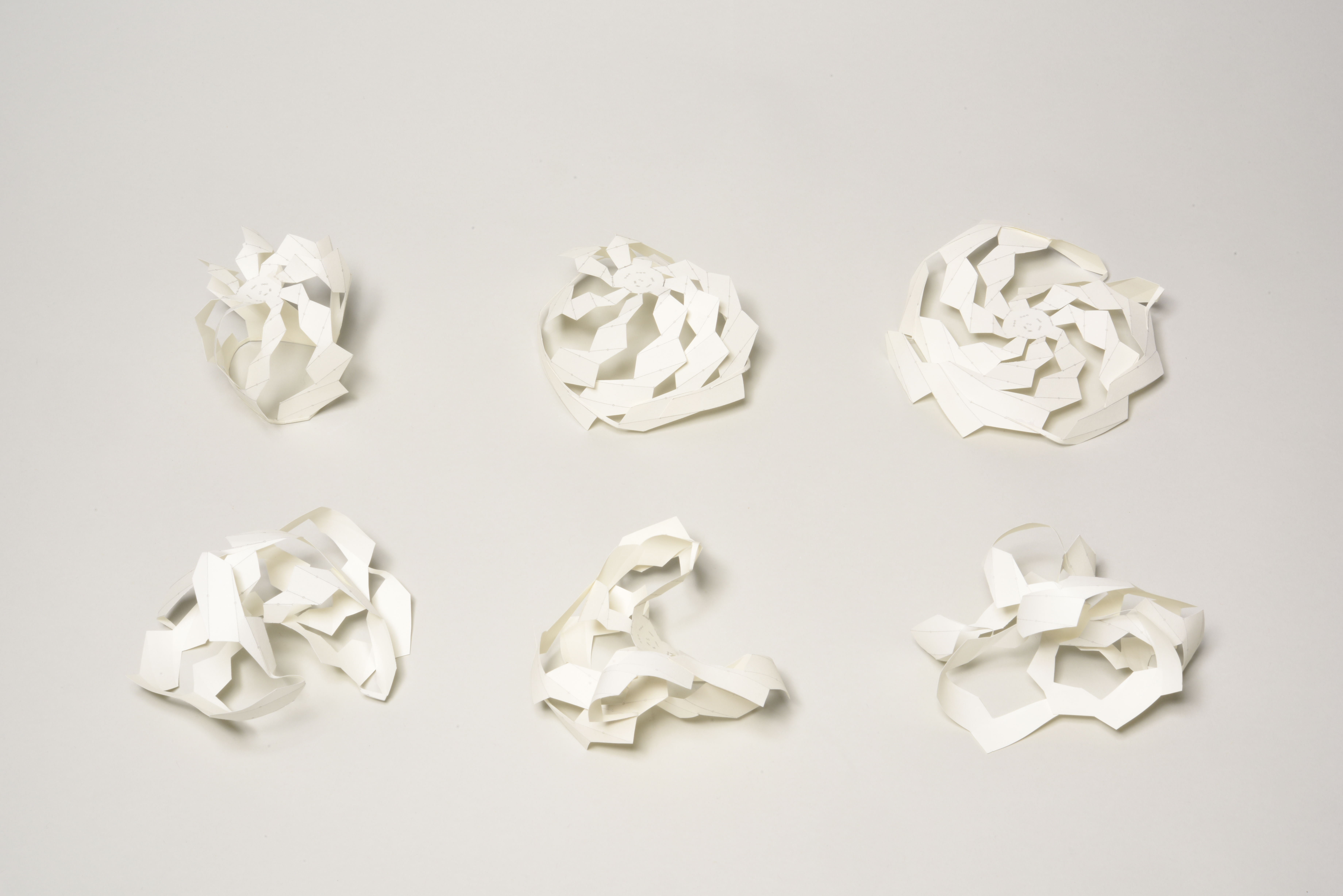Scaling Nature (3): Growth I MoA Design Research Studio
Supervision: Professor Dipl.-Ing. Christiane Sauer,Professor Dr.-Ing. Karola Dierichs, Dr. Michaela Eder, Dr. Lorenzo Guiducci, Dr.-Ing. Khashayar Razghandi, Dipl.-Des. Ebba Fransén Waldhör, Dipl.-Ing. Maxie Schneider
Cooperation partners: Exzellenzclusters »Matters of Activity. Image Space Material«, Cluster of Excellence Humboldt-Universität zu Berlin & Max Planck Institute of Colloids and Interfaces
Students: Hsiao Ching Cheng, Jessica K. Farmer, Laura Gaspari, Gregory Krouse, Otto Lemme, Jojo Shone, Cindy Peng, Hannah Lu Verse, Jessica Zmijan, Vanko Yutian Zhou
The MoA Design Research Studio on »Growth« is a continuation of the »Scaling Nature« series introduced in Summer 2019. It is part of the Excellence Cluster »Matters of Activity (MoA)«. In this context, the core idea of the studio is to investigate matter as an active agent in the design process. This means that it has its own innate capacity of formation and performance, that is being designed from the bottom up. Scaling nature can be understood as the process of extracting principles from naturally occurring systems and taking them as inspiration for specific applications – during this process scaling operations necessarily are one key aspect of this translation.
Growth – very generally – can be defined as the increase in dimension of an organism over time. This can be achieved by cell division but also by an increase of extracellular matrix. While animals are able to adjust to changing conditions by remodeling processes, for example bone material is permanently resorbed and added, plants can only react by growth. The properties of the synthesized material depend on the needs of the tree and can be fine-tuned from the nanometer-level up to macroscopic length scales.
In cooperation with the department of Biomaterials at the Max Planck Institute of Colloids and Interfaces the Design Research Studio observed, studied and analyzed growth processes in natural, non-designed systems, such as trees, and translated them into artificial, designed systems. The core challenge of the studio was to develop the incremental growth of a designed structure from its micro- to its meso- to its macro-level.































